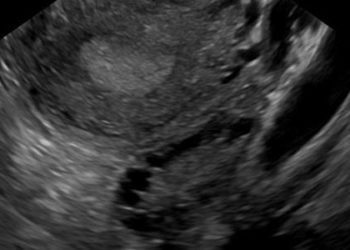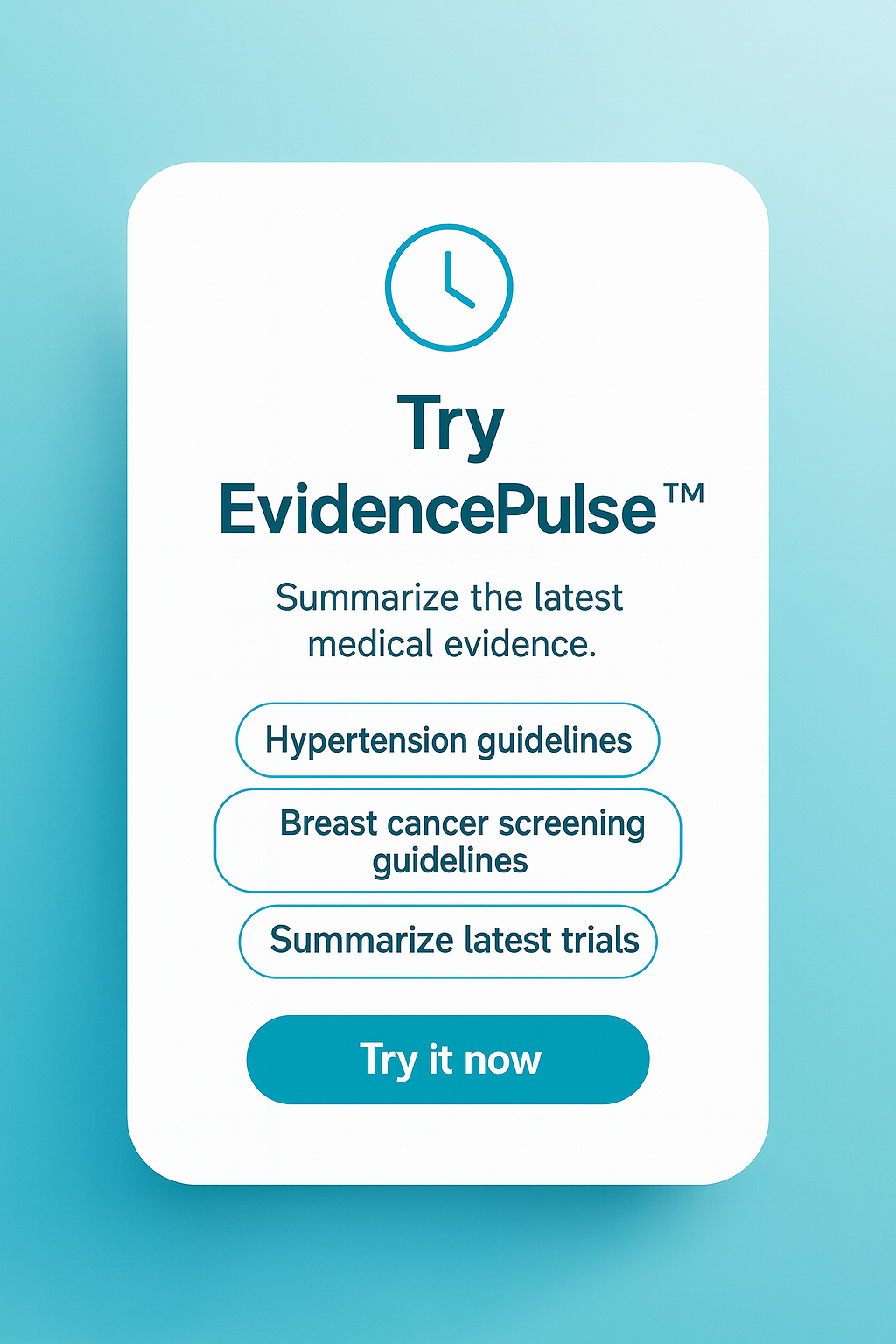More live births after natural cycle IVF
1. In poor responders, live birth rates were higher after modified natural stimulation compared with high-dose hormonal stimulation cycles.
2. Compared to high-dose cycles, modified natural cycles resulted in fewer follicles on day of trigger, fewer oocytes retrieved, and fewer good-quality embryos transferred.
Evidence Rating Level: 2 (Good)
Study Rundown: Advancements in assisted reproductive technology, like in vitro fertilization (IVF), have expanded hope for patients with infertility. A subset of infertile women with diminished ovarian reserve, however, have lower rates of achieving pregnancy with IVF treatments. These women, known as poor responders, experience a blunted response to ovarian stimulation with gonadotropin hormones such that they fail to produce an appropriate amount of viable oocytes. Diminished ovarian reserve is a diagnosis made following clinical and laboratory assessment (anti-mullerian hormone levels, cycle day 3 follicle stimulating hormone (FSH) levels, sonographic antral follicle count) whereas poor responders are diagnosed after functional testing (controlled ovarian hyperstimulation) demonstrates a suboptimal or inadequate response. There are many protocols for controlled ovarian hyperstimulation and when poor responders fail to achieve results with more standard protocols, alternative protocols are often tried. Poor responders are often tried on a cycle with higher doses of gonadotropins but in recent years a modified natural cycle using less hormones has been increasingly used with promising but mixed results. Prior research demonstrates that modified natural cycles are associated with improved live birth rates in couples with a high chance of success with IVF and drastic reductions in cost. In this retrospective cohort analysis, researchers compared differences in live births between natural and high-dose stimulation protocols among poor responders.
Women undergoing natural cycles were significantly more likely to experience live birth than those in the high-dose group despite lower oocyte yields. Results imply that higher doses of gonadotropins might stimulate greater yield of oocytes but at the cost of quality. Strengths of this study included the first study to directly compare these two stimulation protocols. Findings were limited by retrospective design, observational results and relatively small sample size. A randomized controlled trial assessing reproducibility would solidify results presented herein.
Click to read the study in Human Reproduction
Relevant Reading: Live birth rates following natural cycle IVF in women with poor ovarian response according to the Bologna criteria
In-Depth [retrospective cohort study]: Women who presented to an Italian fertility center for IVF from January 2008-December 2013 and qualified as diminished ovarian reserve (antral follicle count ≤5, basal FSH >12 IU/I, and ≥1 previous failed IVF cycle) were included in the study. There were 161 modified natural cycles and 164 high-dose cycles. The primary outcome was live birth.
The probability of live birth was higher with natural compared with high-dose cycles (OR: 4.01, 95%CI 1.14-14.09). Participants in the modified natural cycle group produced fewer follicles (1.9 vs. 3.2, p < 0.001), had fewer oocytes retrieved (1.1 vs. 2.4, p < 0.001) and fewer embryos transferred (0.7 vs. 1.4, p < 0.001). The proportion of cycles resulting in transfer of at least one good-quality embryo was similar between groups.
Image: CC/WikimediaCommons/ScienceGenetics
©2015 2 Minute Medicine, Inc. All rights reserved. No works may be reproduced without expressed written consent from 2 Minute Medicine, Inc. Inquire about licensing here. No article should be construed as medical advice and is not intended as such by the authors or by 2 Minute Medicine, Inc.








